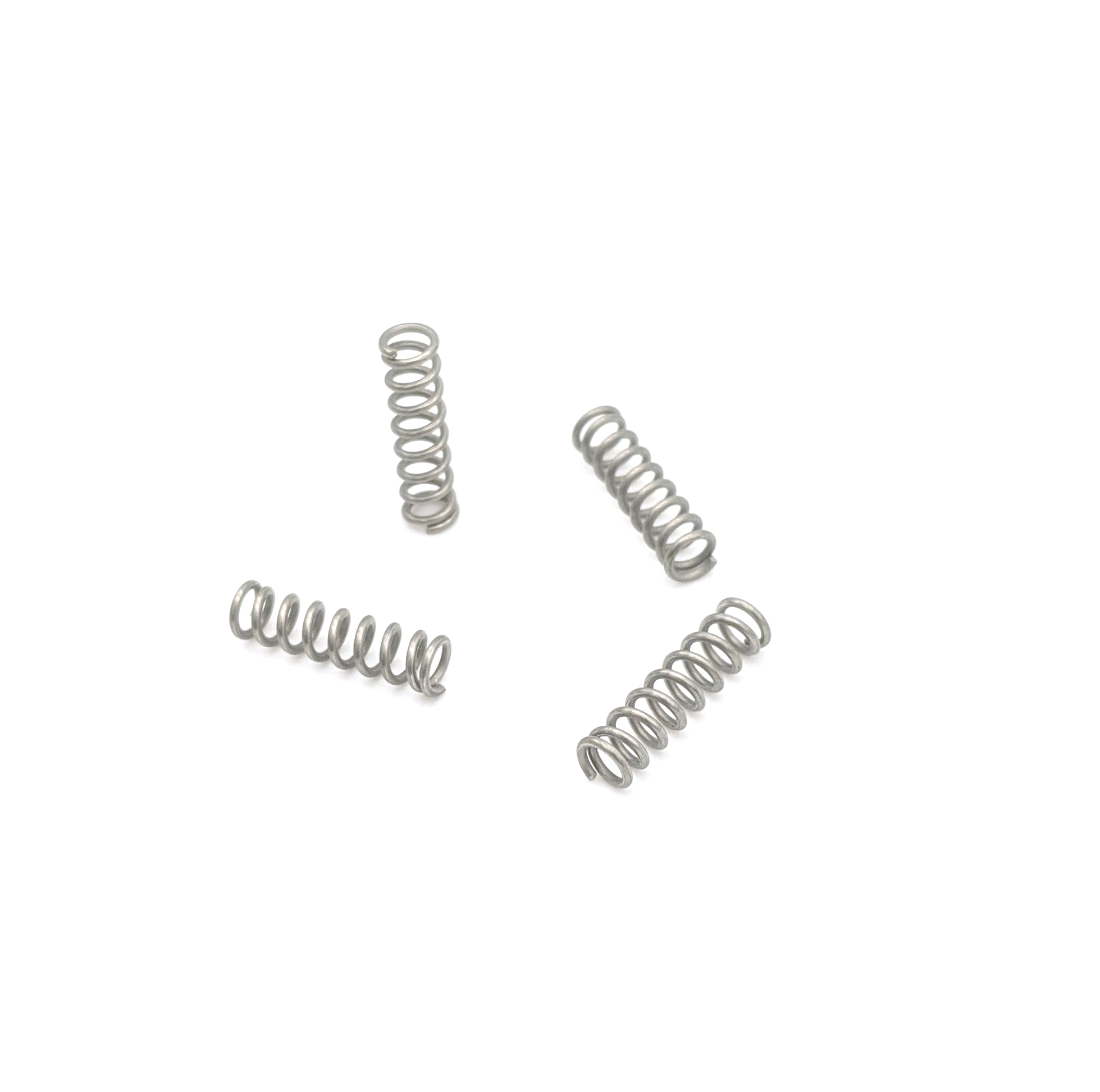Get unique, complex parts easily. No matter your requirements, Chaoyi Spring creates hard-to-produce coil springs and wire forms.
Let us help you create the custom wire form you need, from S-hooks and J-hooks to utility hooks and more.
We work closely with customers across a wide range of industries, helping them design and manufacture made-to-order parts.
Why choose Chaoyi Spring? We prioritize customer-focused collaboration, modern equipment and the latest technology to make your parts per print.
Find the information and guidance you need, from measuring a spring to learning about materials, placing an order and much more.
Torsional springs, often overlooked in the world of mechanical components, play a vital role in countless applications. These coiled wonders, designed to resist twisting forces, are the unsung heroes of


Torsional springs, often overlooked in the world of mechanical components, play a vital role in countless applications. These coiled wonders, designed to resist twisting forces, are the unsung heroes of various industries. From the simple act of opening a door to the complex mechanisms of automobiles, torsional springs are the silent workhorses ensuring smooth and controlled motion. This comprehensive guide will delve into the intricacies of torsional spring design, function, and applications, shedding light on their remarkable versatility and significance.

Imagine a coil of wire, not stretched or compressed, but twisted. This is the essence of a torsional spring. It's a specialized type of spring designed to store and release energy when subjected to a twisting or rotational force. Unlike extension or compression springs, which resist linear forces, torsional springs are all about resisting torque. They are commonly found in various shapes, from simple helical coils to more intricate designs, but their fundamental principle remains the same: to control and store rotational energy.
The magic of torsional springs lies in their ability to resist twisting. When a torque is applied to the spring, the coil deforms, storing the energy as potential energy. The amount of torque a spring can handle and the amount of energy it stores depends on its material properties, size, and geometry. The key to understanding their behavior is in the relationship between torque, angle of twist, and the spring's stiffness, often referred to as the spring constant. This constant represents the resistance the spring offers to twisting, essentially its 'springiness'. A higher spring constant signifies a stiffer spring, requiring more torque to twist it, while a lower constant means a more flexible spring.
The world of torsional springs isn't limited to a single shape. Depending on the application, engineers choose from various designs. Some common types include:
Torsional springs are ubiquitous. You might be surprised to learn how many everyday objects and complex systems rely on these silent workhorses. Here are some examples:
Like any mechanical component, torsional springs have their strengths and weaknesses. Understanding these advantages and disadvantages is crucial for making informed choices during the design process:
Choosing the perfect torsional spring for your application requires careful consideration of several factors:
Torsional springs, despite their seemingly simple design, play a crucial role in the smooth and controlled movement of countless devices. They are the unsung heroes of many industries, contributing to the efficient and reliable operation of everyday objects and complex systems alike. Understanding their principles, types, and applications opens a world of possibilities for engineers and designers, enabling them to create innovative solutions that rely on the power of twisting.
As you explore the world of mechanics and engineering, remember that torsional springs are much more than just coiled wire. They are essential components that drive innovation and ensure the smooth operation of the world around us.
Browse some of the custom wire forms and springs that we manufacture. Don’t see what you need? We specialize in made-to-order products that meet your application requirements.
Visit Our GalleryNeed a custom wire form or coil spring? We make it work. Fill out the contact form and a representative will respond within 1 business day. If you have a PDF or CAD file, you can submit to request a quote.